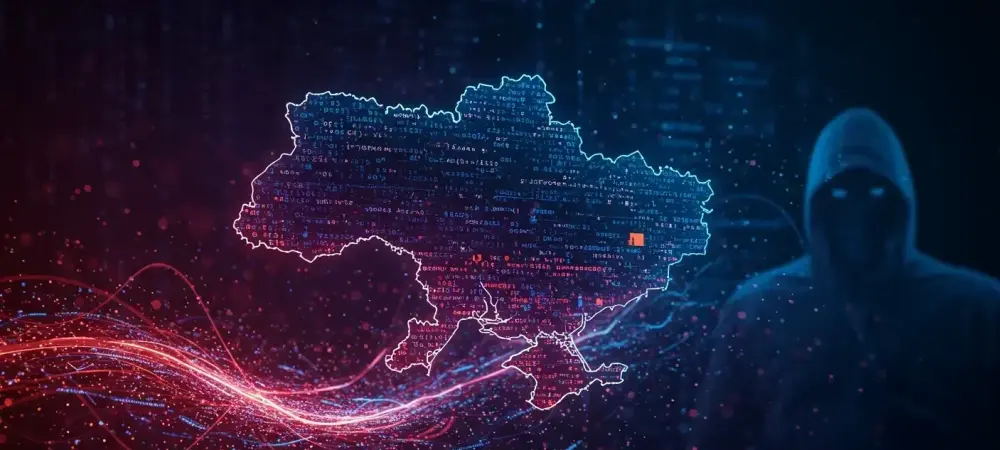The emergence of LameHug malware poses a significant challenge to Ukraine’s security and defense sectors, highlighting the sophistication of modern cyber threats. Developed using Python and equipped with an AI-driven large language model (LLM), LameHug is designed to execute dynamic commands on compromised Windows machines. Its utilization of the Hugging Face API, along with Alibaba’s open-source Qwen2.5-Coder-32B-Instruct LLM, has enabled it to outmaneuver conventional security protocols. By allowing attackers to alter strategies without developing new code, the malware introduces challenges previously unseen and emphasizes the evolving nature of cyber warfare. IBM X-Force OSINT analysts have noted the novelty of this method, as it obfuscates detection through advanced adaptability. Reports from the National Computer Emergency Response Team of Ukraine (CERT-UA) have linked these attacks to the APT28 group, which is synonymous with Russian military intelligence, also referred to as Fancy Bear or the Sofacy Group.
The Implications of LameHug for Ukraine’s Cybersecurity Landscape
The tactics employed by APT28, alongside the LameHug malware, are posing a considerable risk to Ukraine’s cybersecurity defenses. This group’s history of cyberattacks on Ukraine highlights a constant and aggressive attempt to exploit system weaknesses. Their latest campaign used phishing emails with malicious .zip files disguised as legitimate correspondence, aiming to infiltrate sensitive technology systems. Such cyber assaults target Ukraine’s crucial infrastructure and aid logistics, complicating defensive measures. Notably, one attack exploited a zero-day vulnerability in the MDaemon Email Server (CVE-2024-11182), showcasing their capability with advanced tools to breach security. As Ukraine enhances its defenses against these complex threats, there’s a growing need for adaptable security measures to counter sophisticated malware. This situation is closely monitored by global tech firms and security experts, with the LameHug threat reflecting on broader cybersecurity challenges, reminding the international community of the intricate and evolving nature of today’s digital threats.

